The words “labyrinthine”, “ridiculous” and “illogical” have been spluttered by Aberdeen drivers as they try to make sense of the new city centre bus gates.
Many have been left asking a seemingly simple question: “How do I go about this?”
To clear the air a little bit, we’ve compiled a guide with all you need to know – from where to avoid to the best alternative routes to evade a hefty fine.
Where are the new Aberdeen bus gates?
Simply put, the recent changes apply to Market Street, Guild Street and Bridge Street.
However, the rules do not apply for the whole length of the streets, so let’s dissect it in a bit more detail.
The bus gate on Market Street starts at the junction with Hadden Street – or in other words, the construction site at the former Aberdeen Market.
This mean drivers cannot access Union Street, but are still able to reach The Green and Cheerz Bar.
On Guild Street, the no-car rule applies in both directions from the lights at Tivoli Theatre up to Market Street.
And the Bridge Street car ban spans from the former Debenhams building up to Union Street.
This is all complemented with an additional bus gate on Union Street, limiting traffic between Bridge Street and Adelphi.
And while it’s not officially a bus gate, there is also a new ban on turning right from Union Terrace to Rosemount Viaduct – except for buses, taxis and cyclists.
Who is allowed to drive through?
The only vehicles allowed through these freshly sealed-off sections are buses, bicycles and those delivering goods.
Taxis can also go through them, except for Bridge Street which is public transport only.
Anyone else caught driving through these routes will be whacked with a £60 fine.
What about blue badge holders?
Blue badge holders are not exempt from the restrictions either.
According to the legislation, the badge gives you permission to park wherever you like on the street without risking a fine.
However, this does not apply to driving through the bus gates.
Explaining why this is the case, planning chief David Dunne told councillors: “Badges are about a parking offence whereas going through a bus gate is a moving offence.”
What happens if I drive through a bus gate?
If you drive through a bus gate at any time, your vehicle registration details will be captured on camera.
Aberdeen City Council will take your details from DVLA and issue a penalty notice.
The letter will show:
- The registration number of the vehicle involved in the alleged offence.
- The day and time it happened.
- The reasoning behind the charges and why they are payable.
- How much the fine is.
- That the charge must be paid within 28 days.
- That you can appeal within 28 days if you have grounds to do so.
But what if I just didn’t see the sign?
This is unlikely to work with the council’s hawk-eyed officers.
All of the bus gates have been marked with blue signs, warning drivers of the restrictions – as well as the monitoring cameras in place.
Whether they’re noticeable enough is another debate.
A new bus priority route in the city centre has gone live.
❗Please plan your journey ahead❗
Access to existing railway & bus station drop off/pick up, car parks & blue badge parking continues.
There are bus gates to stop general access to new bus priority route. pic.twitter.com/TkwDKzXBs4— Aberdeen City Council (@AberdeenCC) August 24, 2023
In effort to reduce the element of surprise, they also decided to install several temporary digital displays announcing there’s a bus gate ahead.
But with this in mind, it’s probably safe to say fighting that penalty letter could prove to be a difficult task.
Can I appeal anyway – and how?
Yes, you can still appeal the fine if you believe you have been wronged.
However, this must be done within 28 days of receiving the notice, otherwise your objection will be disregarded from the get go.
You can find the online form here.
Alternatively, you can email parkingappeals@aberdeencity.gov.uk or send a letter to the parking and bus lane appeals team.
All in all, how do I get from A to B and avoid a fine?
Your best bet would be to plan ahead and carefully consider your route before getting into the car.
It’s also important to remember that bus gates are not featured in Google Maps, so do not let yourself be fooled by the nice lady giving you directions.
It will be hard to list all of the possible options to go around the city centre and reach a certain destination, but here are some key routes you might find handy:
- If you need to go to the Broad Street area from the west end, it would be best to do so via George Street and Spring Garden.
- The trickiest one would be getting to the train station. Because of the bus gate on Guild Street, the only way to the car park is through Wapping Street.
- South College Street was upgraded to help drivers get across the city, but now it’d be best to avoid it – unless you are going to Berryden or Rosemount.
- If you want to reach George Street from Union Terrace, it will mean a detour via Rosemount now that right turns are banned.
- Your trip from the beach to the south side of the city – including Ferryhill and Torry – will be through Virginia Street to North Esplanade West.
- And for those travelling from Torry to George Street, the best route would probably be via the Mounthooly roundabout.
And what if I want to go to the city centre? How do I do that?
Council chiefs’ immediate answer would be to use public transport or walk.
They urge those who need or wish to drive to consider using one of the car parks around Union Street.
How to get to them though is probably another question troubling drivers’ minds.
The Trinity Centre car park can still be accessed from Denburn Road, if you are travelling south, and from South College Street, if you are going north.
Meanwhile, the car park on Shiprow could be a suitable option if you are coming from Aberdeen beach or Torry, taking in Trinity Quay and Virginia Street.
Why do we even need these bus gates? Is it just to annoy me?
Council chiefs argue the new bus gates will cut down traffic in the city centre, making the Granite Mile more of a destination, rather than just a passing route.
It is also hoped this would encourage active travel and reduce travel times for buses.
The bus gates on Market Street, Bridge Street and Guild Street are the latest to join the scheme in a drive to restore footfall into the city centre.
Cars are also not allowed on Broad Street, while Schoolhill has been pedestrianised between its junctions with Back Wynd and Flourmill Lane.
Why are they so controversial?
Thousands have expressed frustration since the bus gates went live on Tuesday, August 22.
A petition to ditch the plans has amassed nearly 6,000 signatures, with residents claiming disabled and elderly people can no longer access the city centre.
Others likened driving through the area to “entering a maze” and urged the council to rethink their strategy – or else Union Street would become a “ghost town”.
The fact there was no public consultation prior to implementing the bus gates seems to have also heightened the tension.
However, council officers say there was no obligation to hold such as the route was introduced using experimental traffic regulations (ETRO).
Is there a chance the bus gates could be removed?
Over the next 18 months, the city can make minor changes to the scheme before a final review of how the introduction has worked.
And residents and businesses can still share their views and opinions about them.
But if we are to speak frankly, it is unlikely the bus gates will be removed.
In a major update on the city centre masterplan, councillors were warned of “significant impacts” if the bus priority route were to be scrapped at this stage.
Read more:
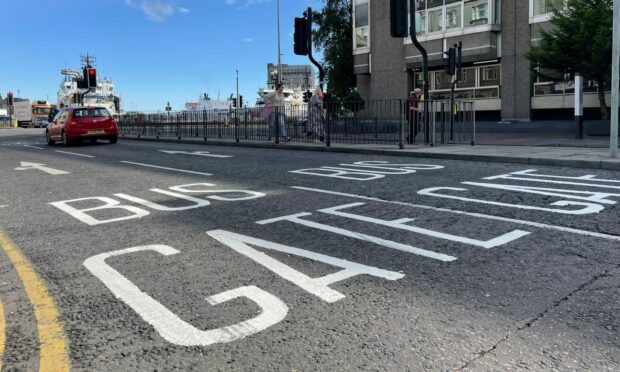
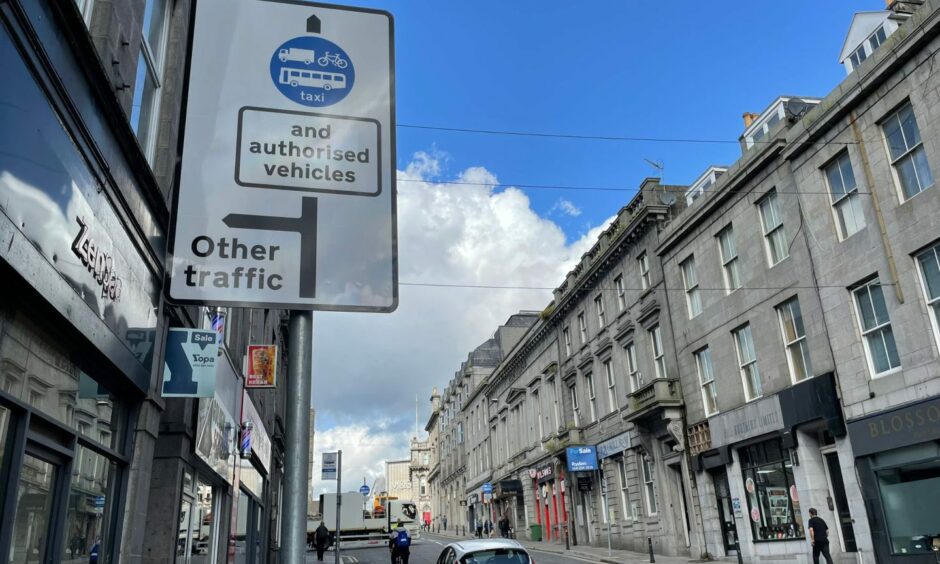
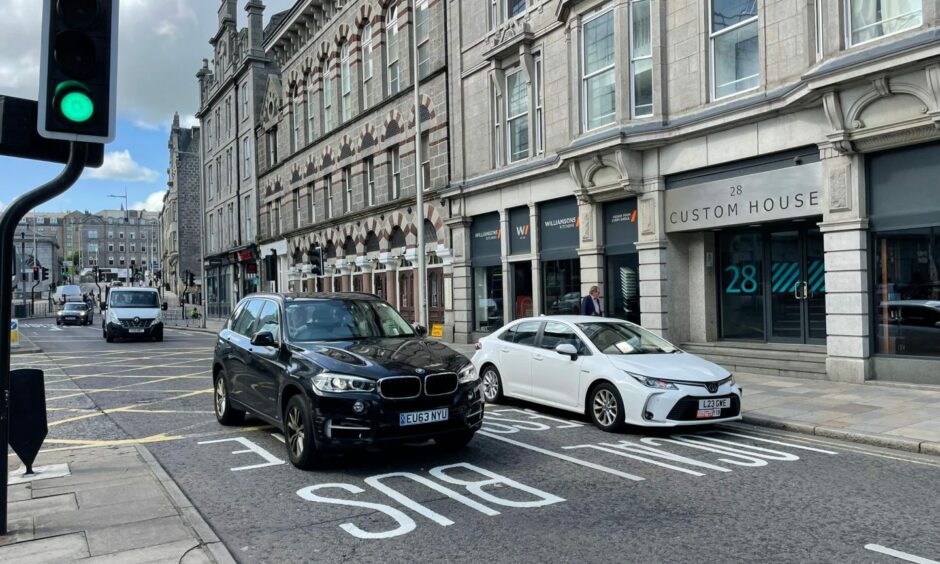
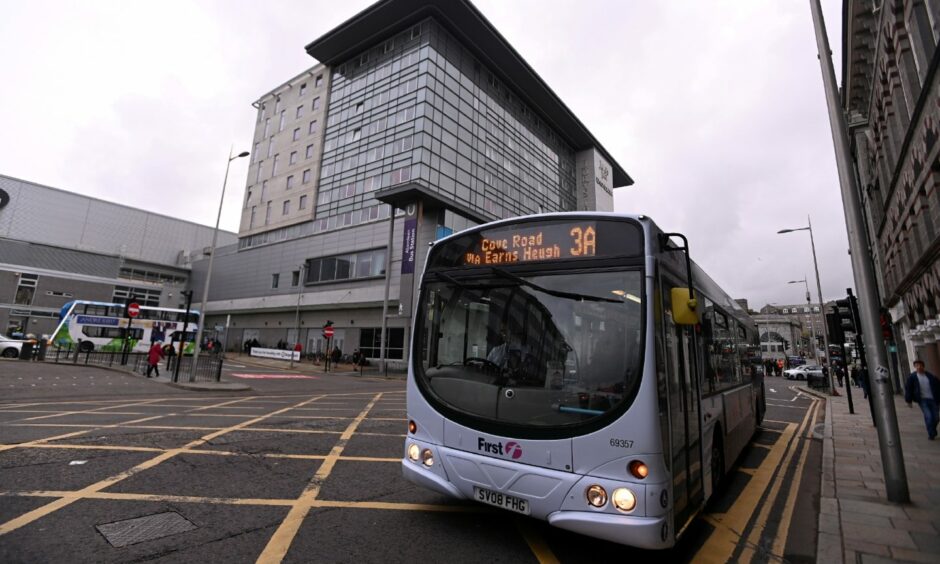
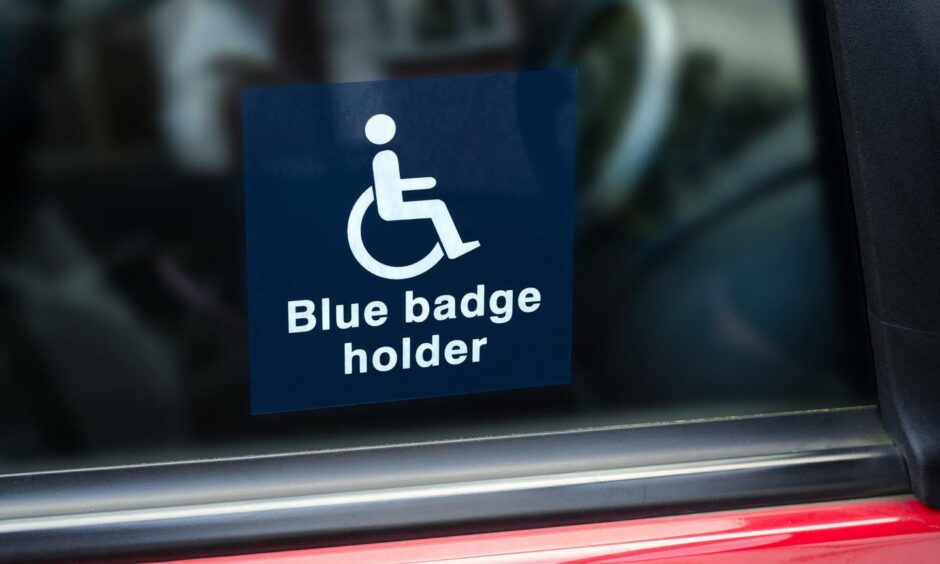

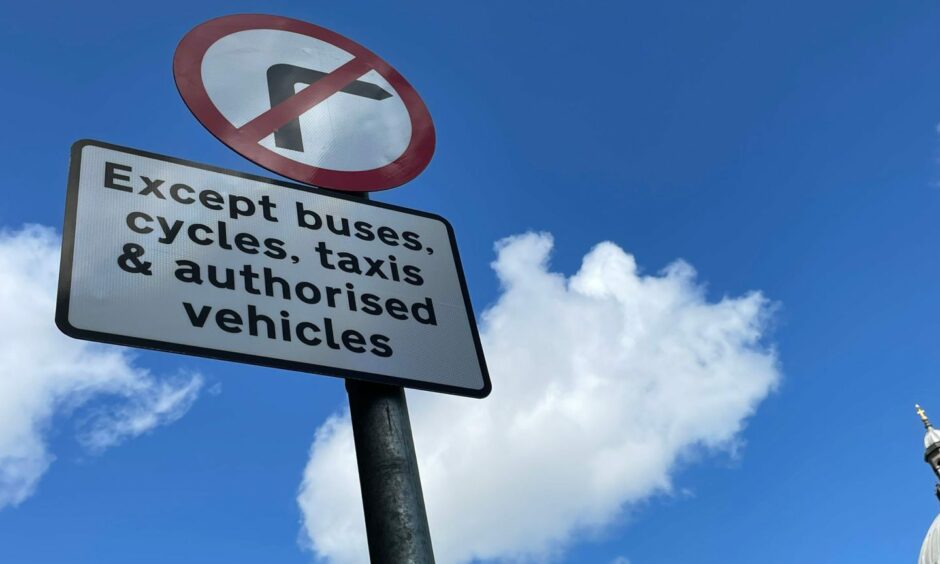
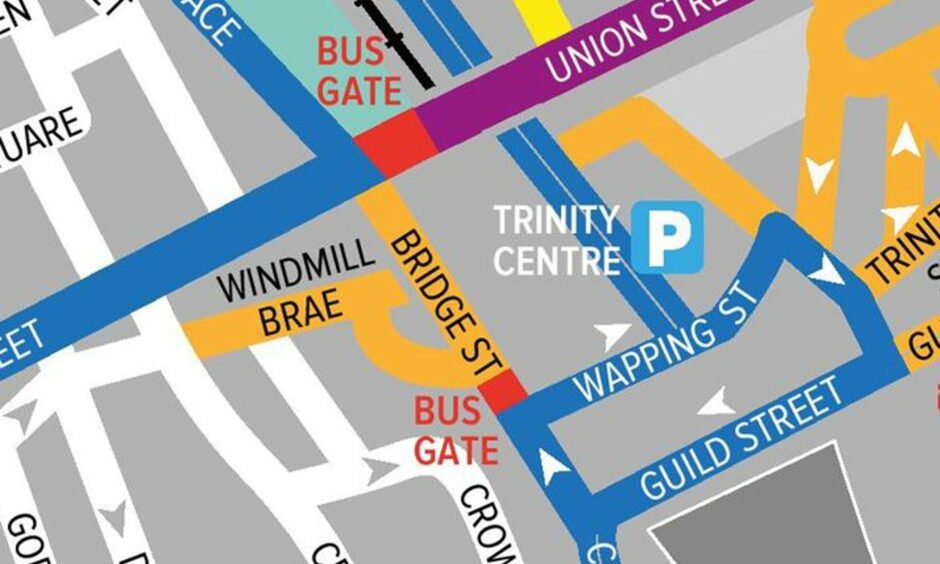
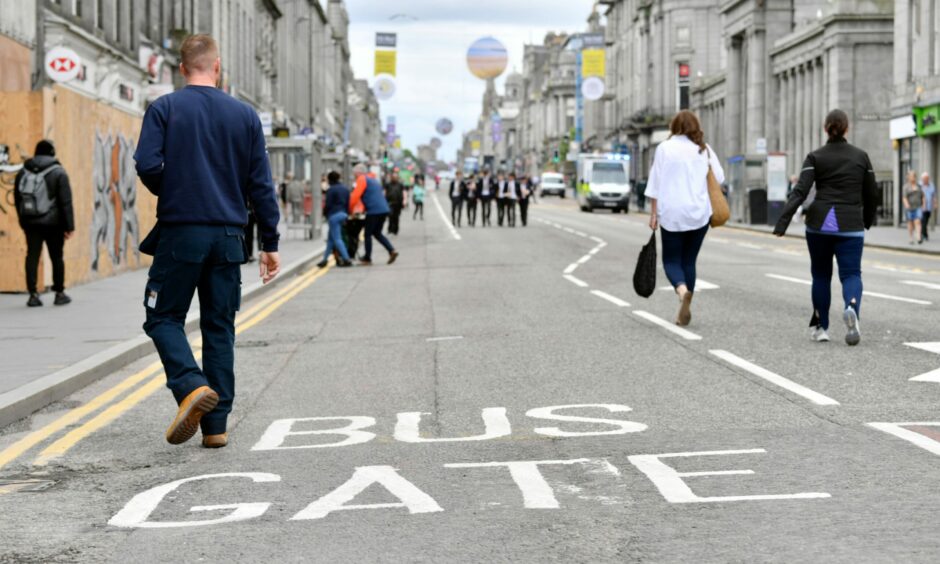
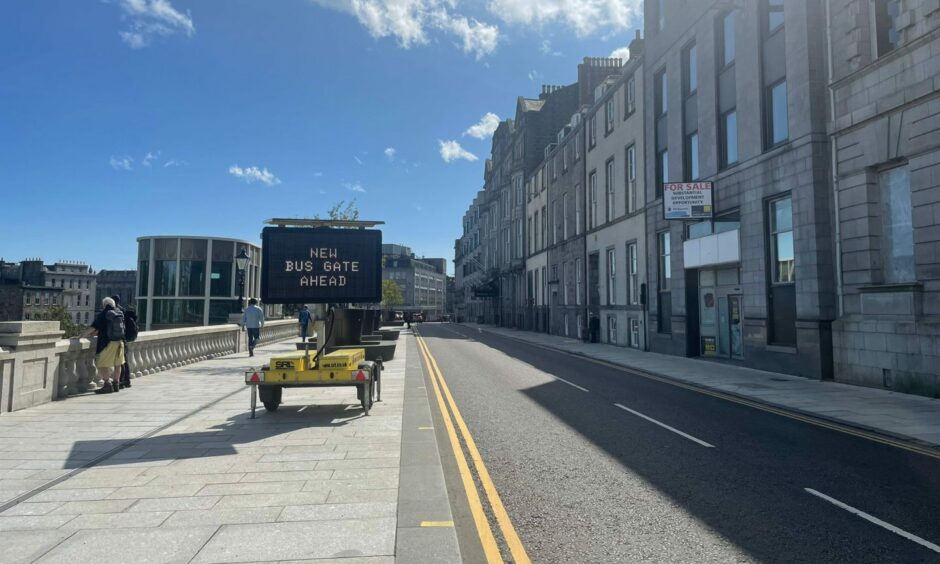
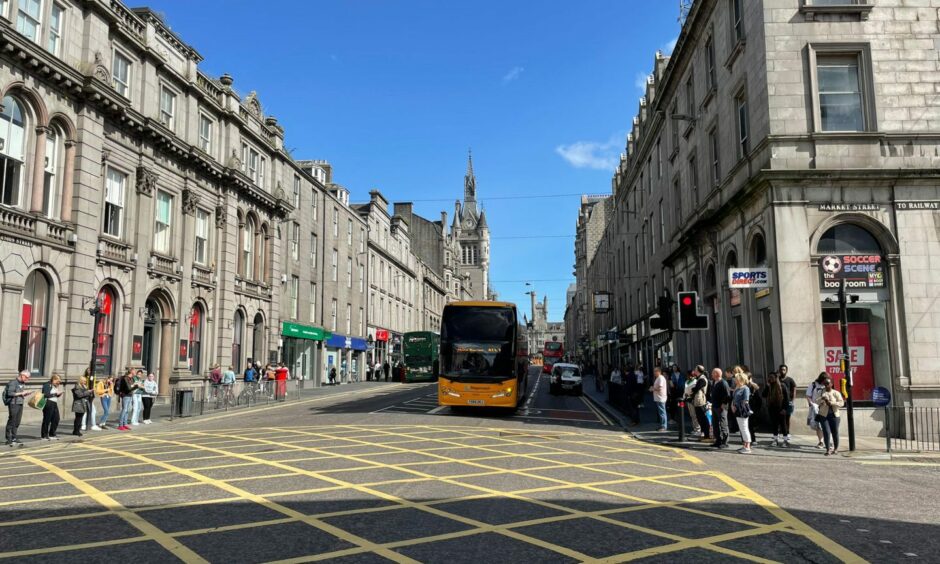
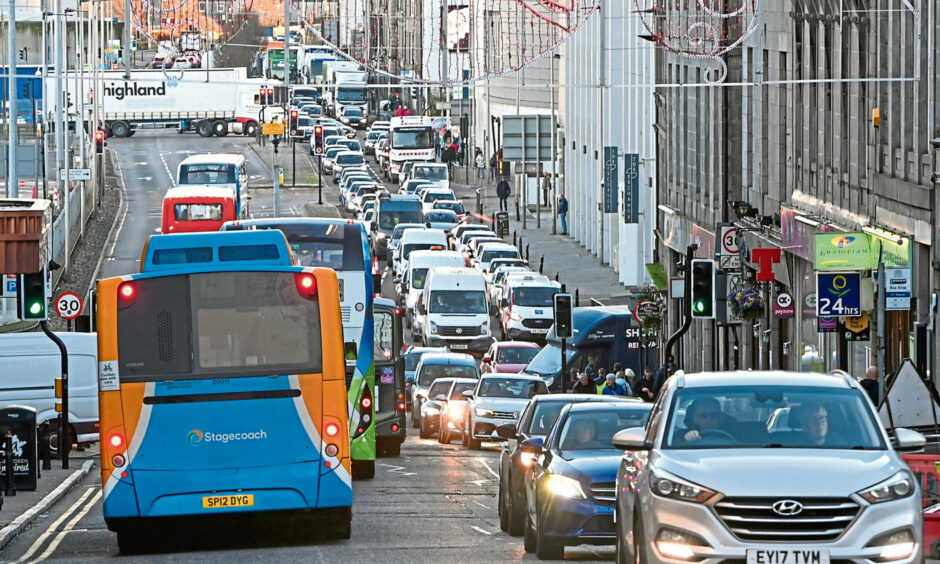
Conversation